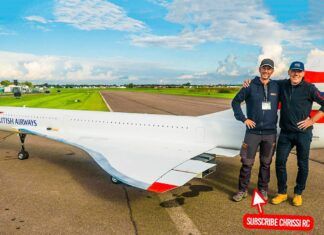
Boeing’s board of directors has approved the executive plan to re-engine existing models of the Boeing 737 in response to Airbus’s similar plan for its A320. The “new” aircraft will be called the 737 MAX and the zeroes will be dropped from the current 700, 800 and 900 model numbers in the new designations. The aircraft will be powered by CFM Leap-1B engines that Boeing says will make the new 737 4 percent more efficient than the new model A320neo. Boeing wants first deliveries no later than 2017 and is suggesting, but not promising, that it might be ready earlier. Both of its most recent development projects, the 787 and 747-8, are years behind schedule. “Given our recent track record, we are being very prudent and disciplined to make sure that whatever we talk to our customers about, we actually have a plan to deliver on,” Nicole Piasecki, the company’s head of business development, told Bloomberg.
Landing-gear height was an issue with the engine upgrade, and the fan size of the new engines is marginally bigger than the current 61 inches. Engineers are apparently deciding whether 66 inches is enough or whether to push it to 68 inches. Whatever the decision, it must meet Boeing brass’s requirement that no substantial redesign of the airframe be necessary. Boeing had been leaning toward a new design to replace the 737 but risked losing market share during the long development phase. It said it already has commitments for 496 of the new variant. Don’t say good-bye to the legacy 737 just yet, though. Boeing has a backlog of 2,100 orders for it and will be building them until at least 2020.

































